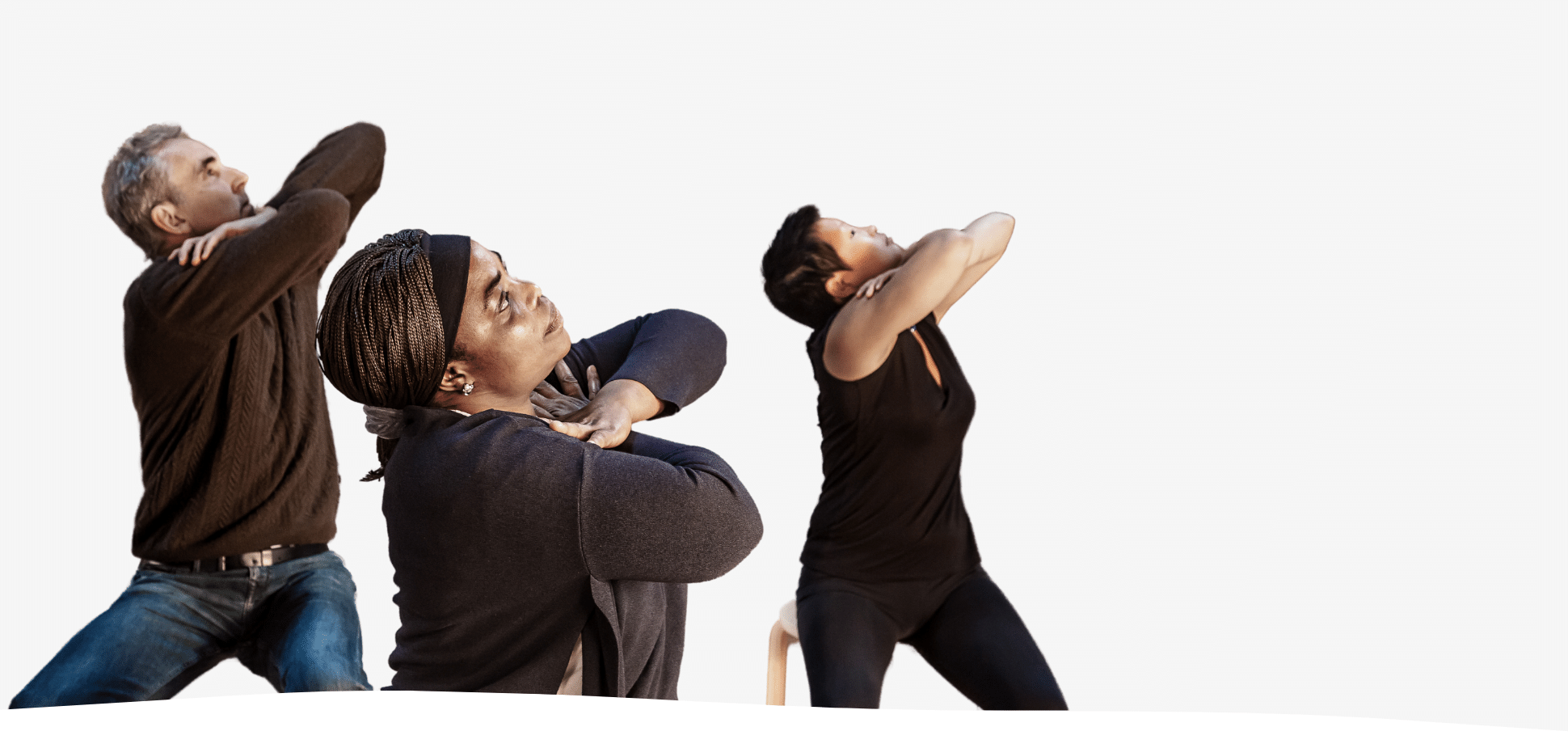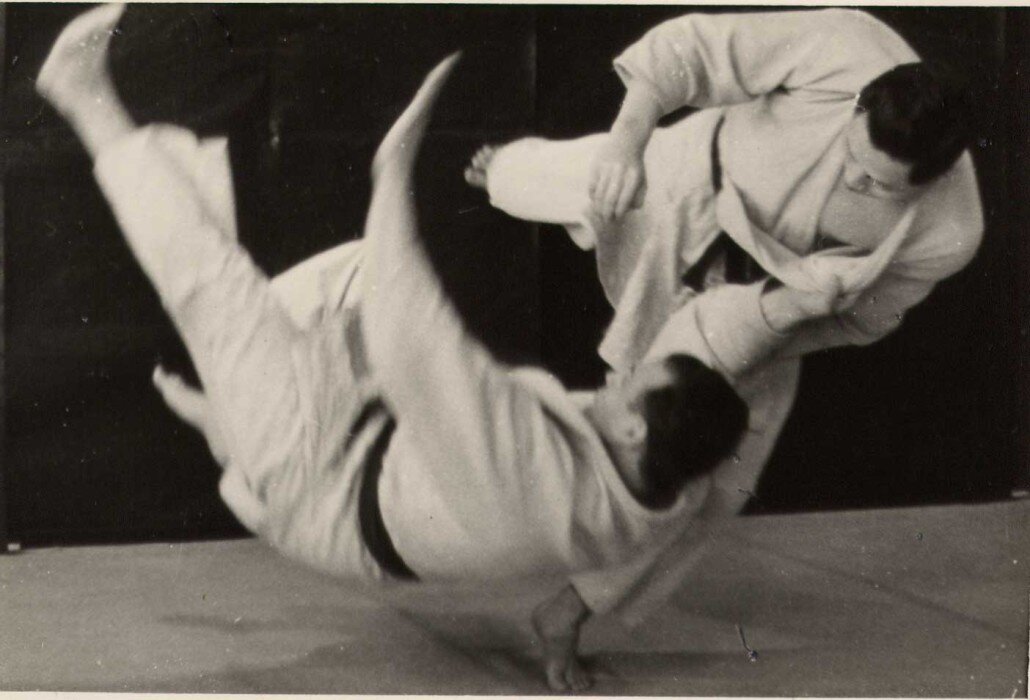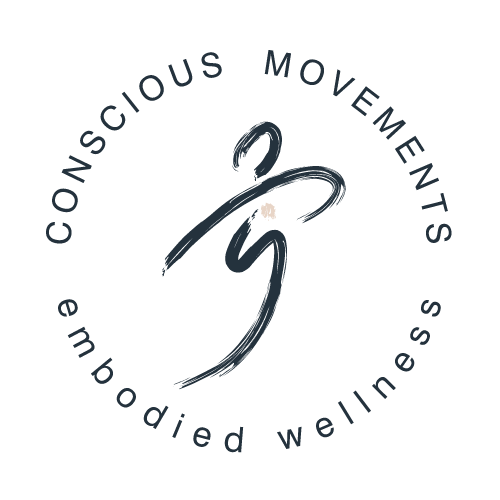
Feldenkrais
Method®
Changing The Way
We Move Through Life
What Is It?
The Feldenkrais Method® provides the foundation for learning how to tap into the nervous system's innate and integrative capacity. It teaches you how to be at choice in your life, rather than stuck in your compulsions.
When you explore the Feldenkrais Method, you develop the awareness and skills necessary to self-regulate. You cultivate the capacity to respond to environmental influences with integrity and discard the habits, and compulsive reactions, that no longer serve you.
As a Feldenkrais Practitioner®, I focus on helping you learn how to move through life with ease and live into your potential. My approach is grounded in working with the whole person — body, mind, emotions, and more. This holistic focus on learning is a big part of what separates this work from traditional therapy and makes the Feldenkrais Method an excellent adjunct to any treatment you receive. My aim to create learning scenarios based on your interests and goals, rather than teaching a fixed & repetitive technique or one size fits all protocol.
Taught in two complementary formats, the Feldenkrais Method helps you align your inner intentions with your outer actions. Nurturing the mindset, movements, and lifestyle habits that will help you continue moving and living well as you age.
Two Formats:
FUNCTIONAL INTEGRATION®
Working 1-on-1 with a teacher is the best way to address specific or long-term problems and enhancing your learning in group classes. The neuromuscular reorganization possible through these hands-on, personalized lessons helps you learn to move and act in easier and more efficient ways.
In my 1-on-1 sessions, I often use my hands, voice, presence, and specific questions and constraints that help you clarify and improve your self-organization. The intention is not to "fix" or "treat" you. The focus is on creating a context for learning. Learning to shift from a "fix me" approach to a deep and meaningful learning approach is the key to healing yourself and achieving sustainable change.
Because the Feldenkrais Method makes changes where it counts — in your brain — you might be surprised by how much you learn as you release old habits and heal your pain.
Awareness Through Movement®
Your physical experiences, lifestyle, personality, and reactions to stress all contribute to your unique learned muscular patterns. Unfortunately, sometimes your habitual ways of moving, thinking, sensing, and feeling can limit your self-expression or cause discomfort and even damage. And by exploring Awareness Through Movement® classes, you'll re-discover more effortless movement and develop the awareness and skills necessary to accurately fee your body's cues to move, rest, and feed.
Awareness Through Movement® offers a context for self-directed learning and can be done in a class led by a teacher or on your own from an audio recording. They derive from a body of over 1,000 lessons developed by Dr. Feldenkrais, plus hundreds of subsequent lessons by other Feldenkrais Practitioners®. Classes generally last between 30 and 60 minutes. The Awareness Through Movement lessons explore a variety of positions — walking, standing, or sitting in a chair, and lying on one's back, front, or side. Each lesson utilizes gentle movements to retrain your brain. In time, this type of learning can help you to accurately sense yourself in motion and eliminate compulsive and dysfunctional strain.

Why The Name?
Feldenkrais (rhymes with paradise) is named after its originator, Dr. Moshe Feldenkrais, a physicist, judo expert, mechanical engineer and educator, born at the beginning of the last century.
Moshe was way ahead of his time in realizing that the brain can change itself throughout life. He understood that in order to overcome limitation and pain and achieve breakthroughs in one’s life, it is the brain that needs to change and learn. Movement and awareness were the two main tools to accomplish these positive changes. He based his method on brain plasticity long before the term even existed.
Today, more and more of scientific research and theory is catching up and validating Moshe Feldenkrais’ understanding of the brain as a large, nonlinear, dynamic, self-organizing system. For example, in the 1980s, after completely revolutionizing the science related to infant motor development, Dr. Esther Thelen was astounded to realize that her “new” ideas about how humans learn movement had already been embodied in the Feldenkrais Method. She subsequently enrolled in a training to become a practitioner. Many other leading current experts in neuroscience are fans of the Feldenkrais Method, including Norman Doidge, Alain Berthoz, Oliver Sacks, and Michael Merzenich.
Books By Moshe Feldenkrais

A Brief Look At The Life Of Moshe Feldenkrais
Dr. Moshe Feldenkrais, D.Sc. (1904-1984), was a distinguished scientist, physicist and engineer. Born in 1904 in Russia, he moved to Israel by himself at age fifteen. In 1930 he moved to France and completed degrees as an engineer and physicist, and worked as an assistant with Nobel Prize winner Frederic Joliot-Curie. He studied martial arts with Jigano Kano, the founder of judo, and later became a European judo champion.
1929 he suffered serious injuries to his knees that caused doctors to recommend some fairly drastic surgery. Feldenkrais rejected the surgery and instead embarked on a detailed investigation into whether he could solve his knee problems by moving them in subtly different ways. His experiment succeeded and caused to him to become curious about the potential for physical and personal improvement that lay in changing the way we coordinate and use our bodies.
Over many decades, Feldenkrais began developing and refining his method, based on an extensive study of human development as it relates to movement. Drawing on his previous background as a physicist, engineer and martial artist, he educated himself in a wide variety of other disciplines related to movement and personal development such as neurophysiology, dynamic systems theory, robotics, psychology, motor learning theory, evolution, and childhood development. By the 1950s he was teaching movement classes on a regular basis, and at one point taught Israeli Prime Minister David ben Gurion to do a headstand.











